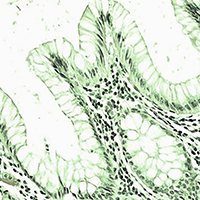 Smart Citations
Smart CitationsSee how this article has been cited at scite.ai
scite shows how a scientific paper has been cited by providing the context of the citation, a classification describing whether it supports, mentions, or contrasts the cited claim, and a label indicating in which section the citation was made.
Potential effect of fish oil to preserve expression of cell cycle and tight junction regulating genes in colon after di-isononyl phthalate ingestion in albino Wistar rats
Di-isononyl phthalate (DIP) is considered a high molecular-weight subtype of phthalates that are commonly used and could easily affect the gastrointestinal tract (GIT). Eicosapentaenoic acid (EPA) and docosahexaenoic acid (DHA) are the main active components of fish oil (FO), and their anti-inflammatory potential was previously documented. The current study was designed to investigate the protective potential of fish oil against the impacts of DIP exposure on the colon of albino Wistar rats. Sixty albino Wistar rats were divided into Control group received corn oil for ten days. Di-isononyl phthalate treated group received DIP. Di-isononyl phthalate + fish oil treated group received both DIP and FO. FO was found to preserve the histological architecture, tight junction and cell cycle of the colon. In conclusion, the current study provided an evidence that FO has a protective potential against DIP further examinations to be done to fully understand the molecular basis of this potential as a step for further clinical applications.
How to Cite
PAGEPress has chosen to apply the Creative Commons Attribution NonCommercial 4.0 International License (CC BY-NC 4.0) to all manuscripts to be published.








